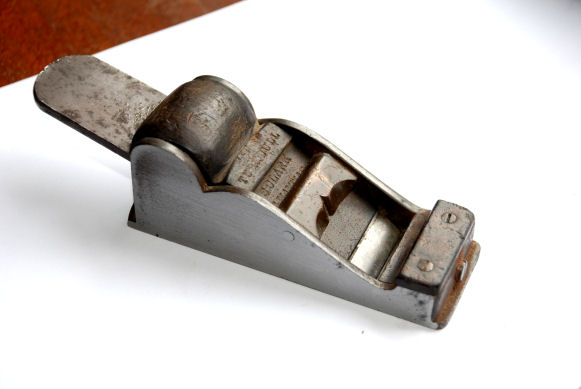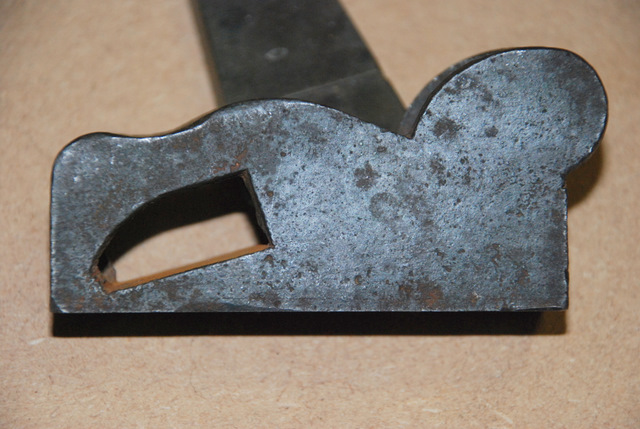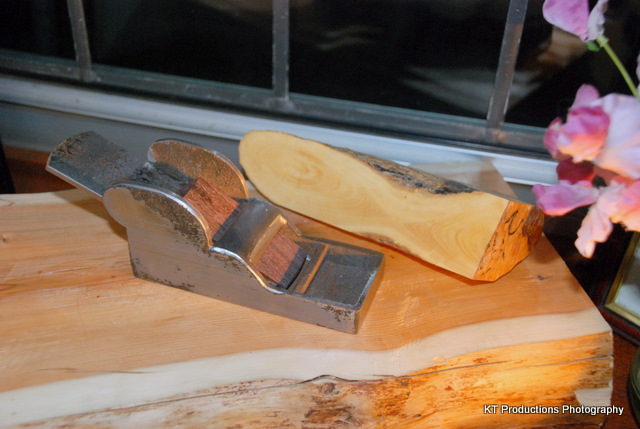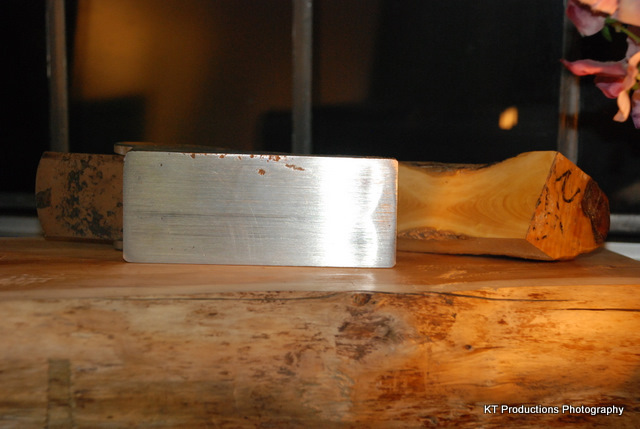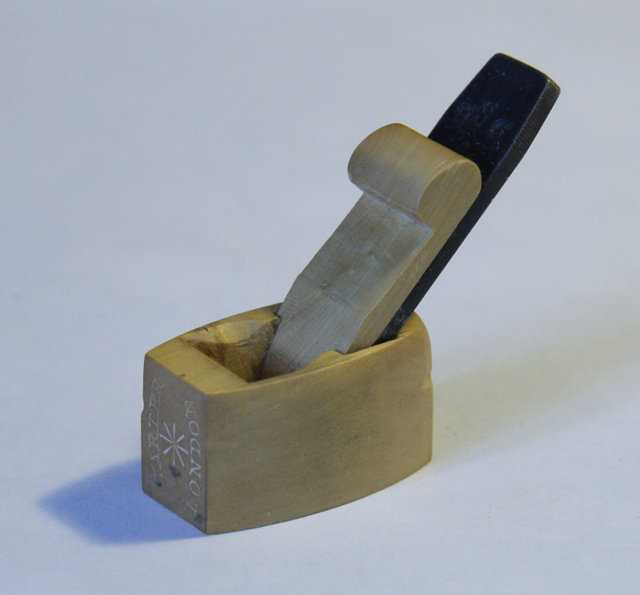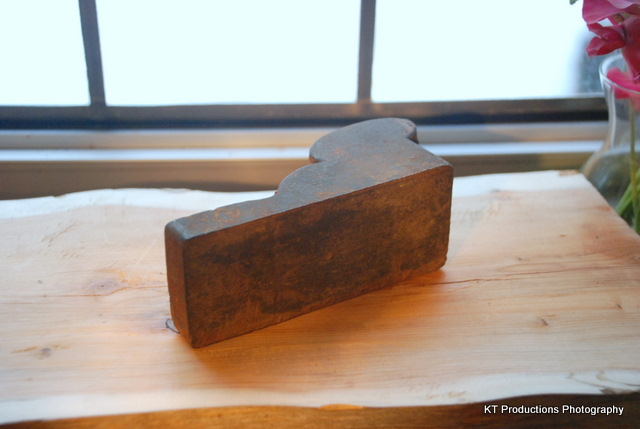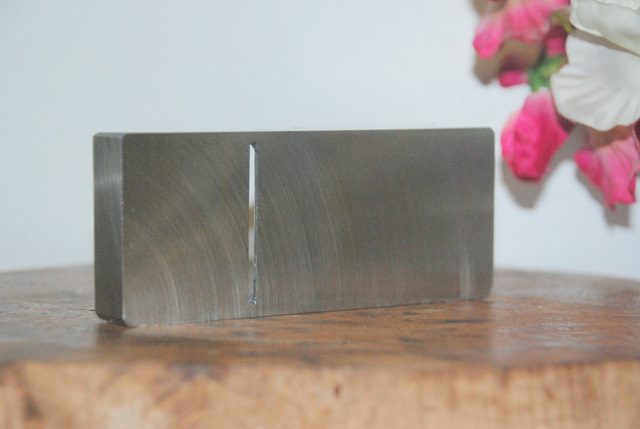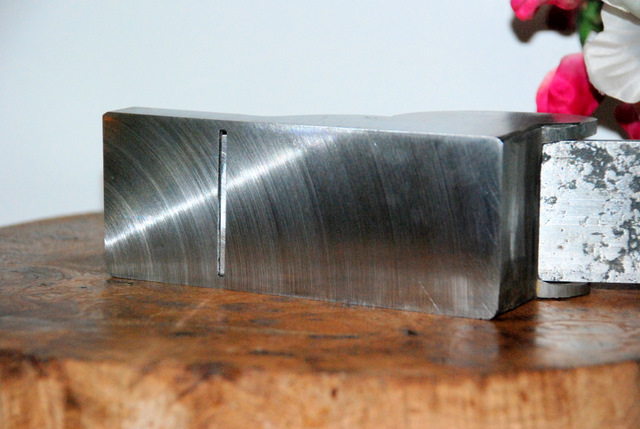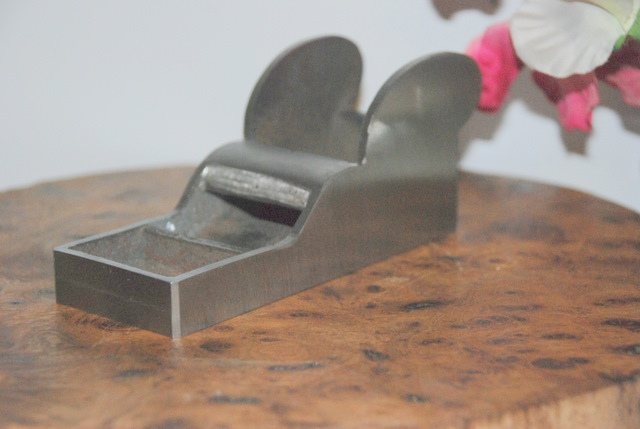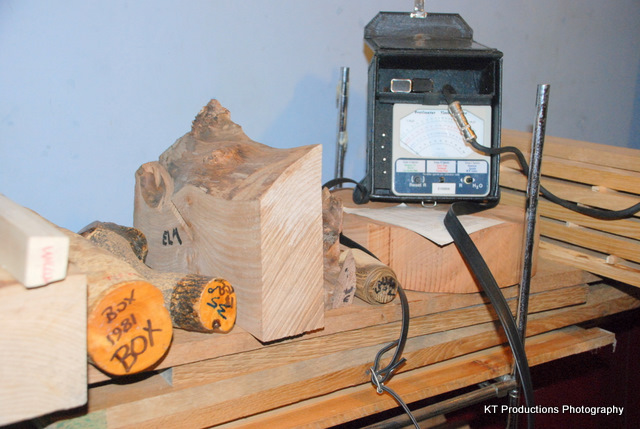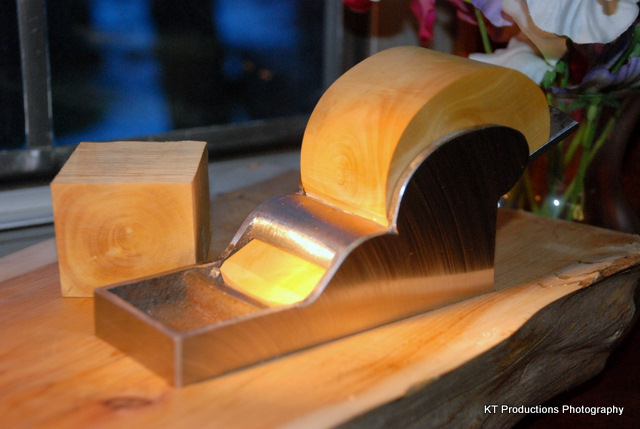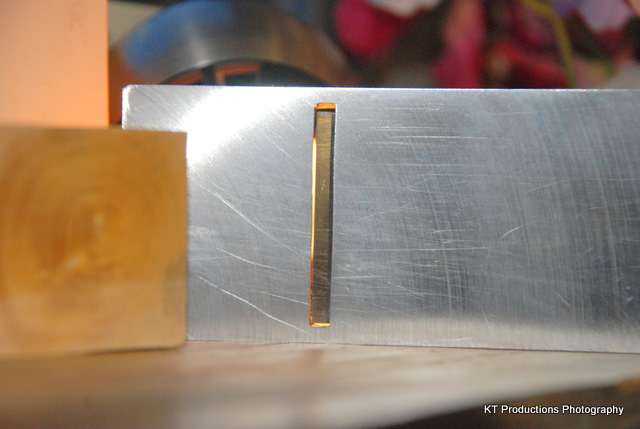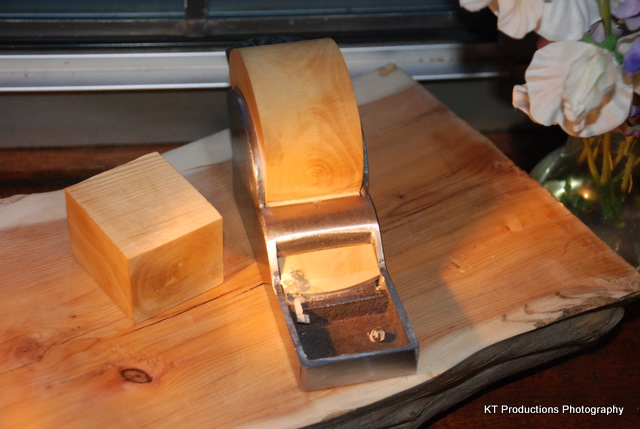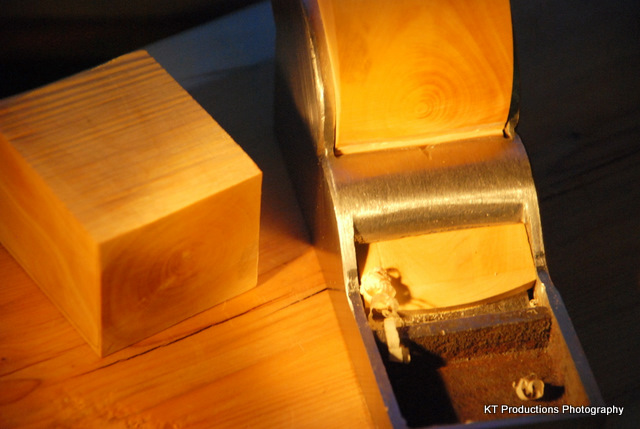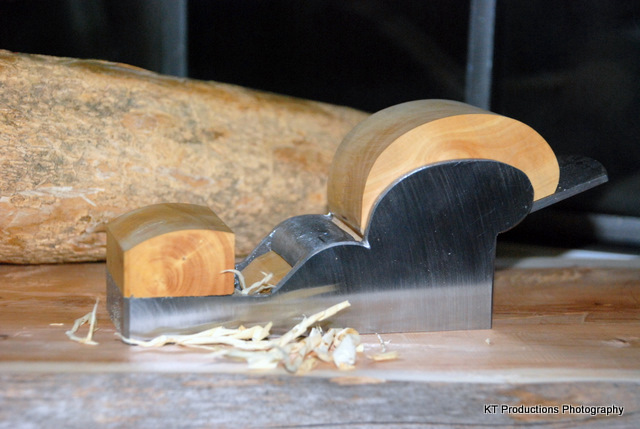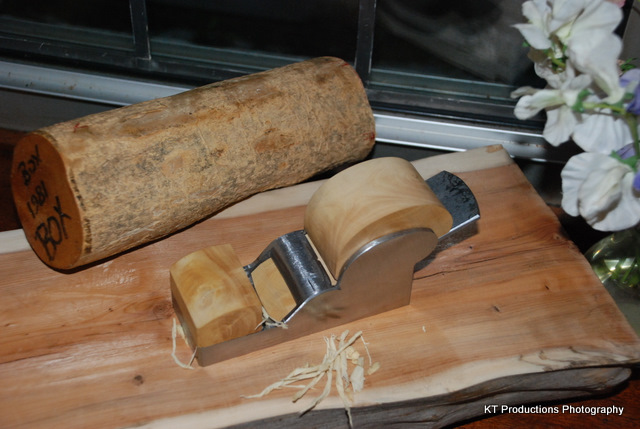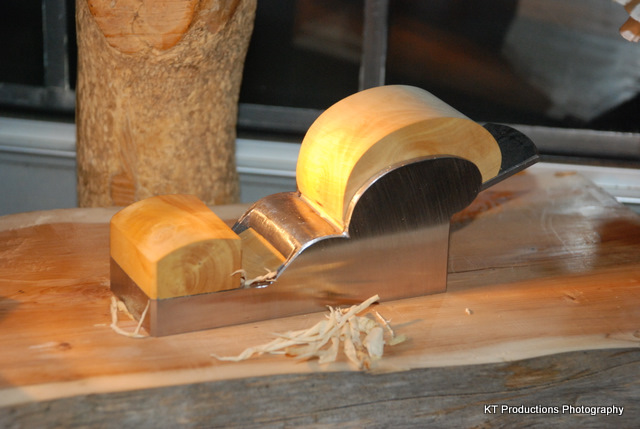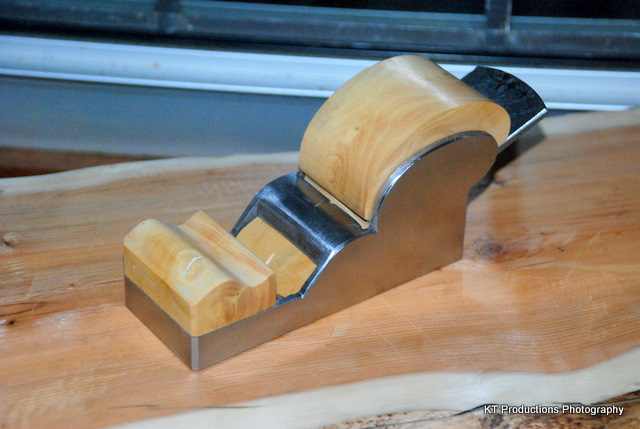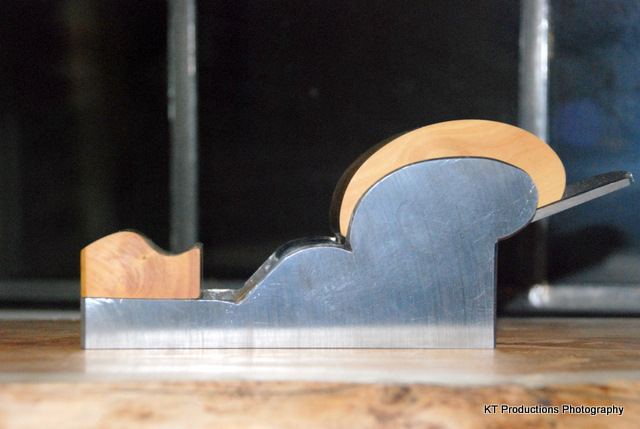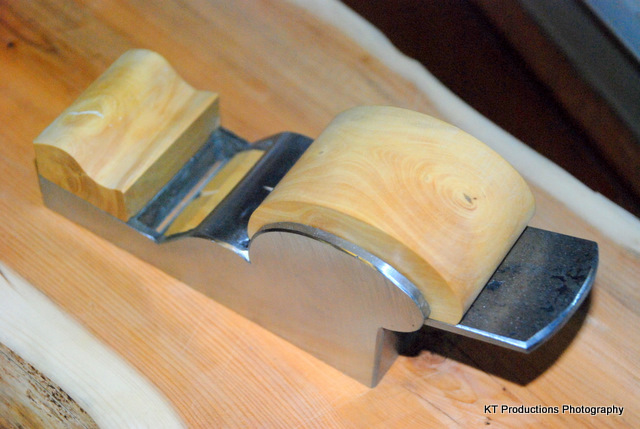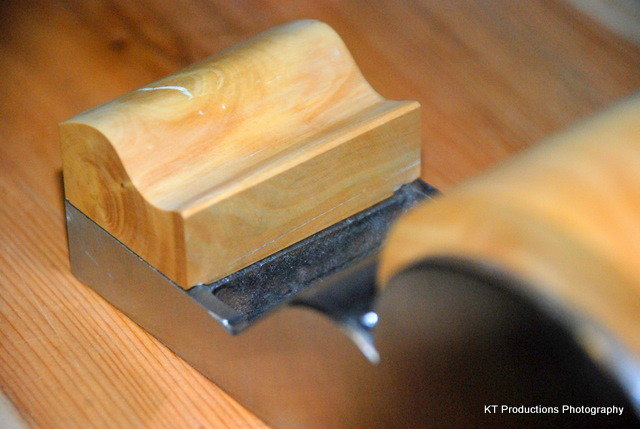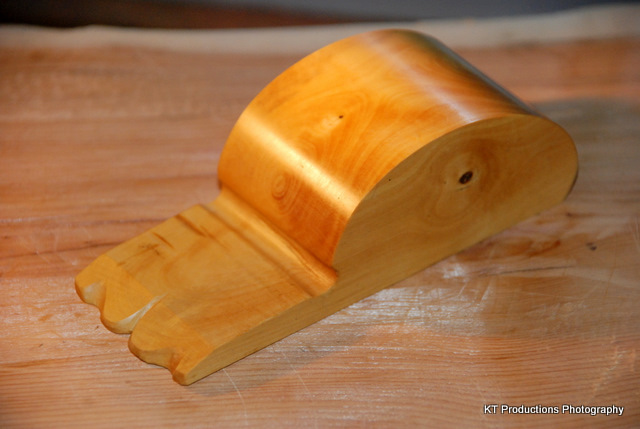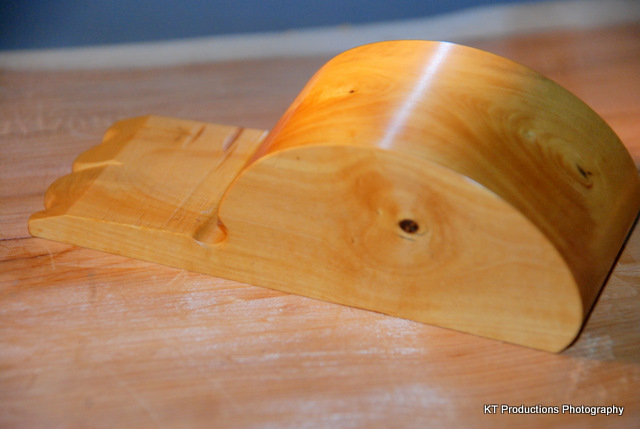Richard T
Established Member
I'm not sure about why plane irons have to have movement side to side - never known why there should be any probs if they aren't and are sharpened square. If it were me, I'd make 'em/buy 'em as near as xxxx it. If too wide they can be ground but if too narrow there are no grubscrews to correct them, just more work setting them square every time.
I would guess that a nice, flat iron would benefit no end from being held by a very accurately made wedge under a flat undersided bridge.
Which brings me back to what I said before - I don't envy you cutting the mouths. They are all bevel up - so the last of the frog slopes have to be parallel with the ends of the irons to give uniform support, and the fronts of mouths need to be tight (and square) enough to do non break-out with just enough room for the shaving to easily escape. .... some highly accurate sawing/boring/filing here I fear.
..
I would guess that a nice, flat iron would benefit no end from being held by a very accurately made wedge under a flat undersided bridge.
Which brings me back to what I said before - I don't envy you cutting the mouths. They are all bevel up - so the last of the frog slopes have to be parallel with the ends of the irons to give uniform support, and the fronts of mouths need to be tight (and square) enough to do non break-out with just enough room for the shaving to easily escape. .... some highly accurate sawing/boring/filing here I fear.
..




